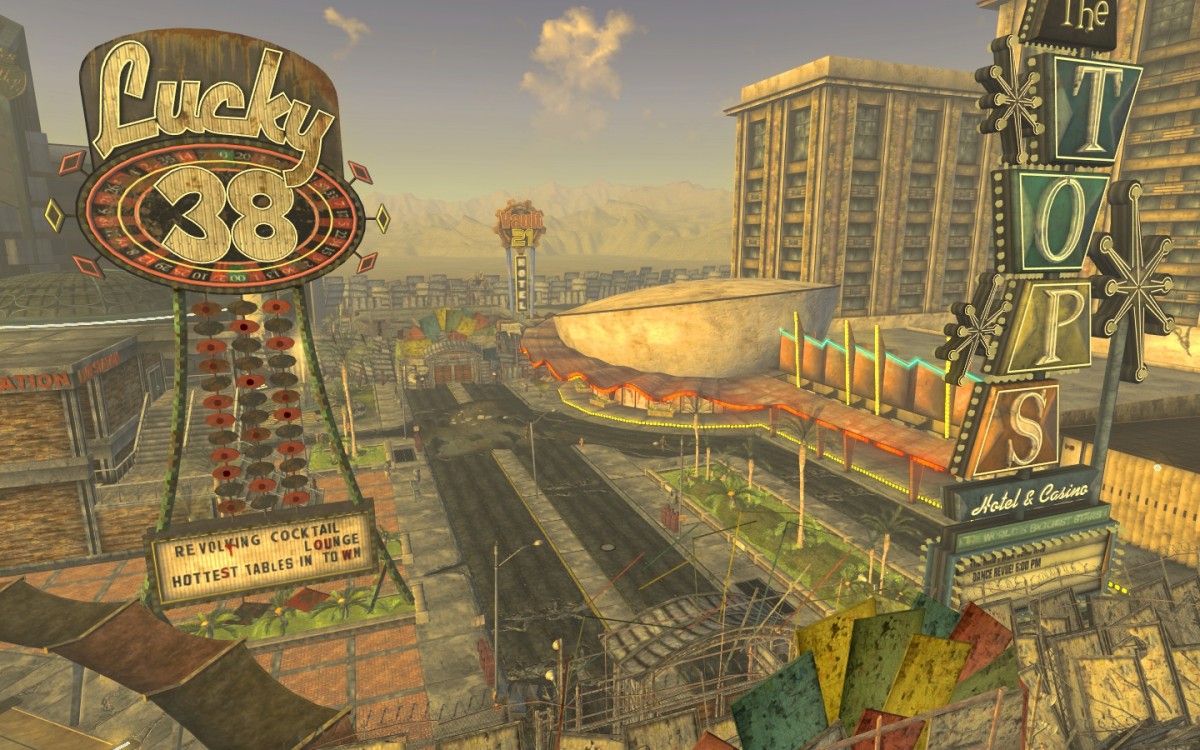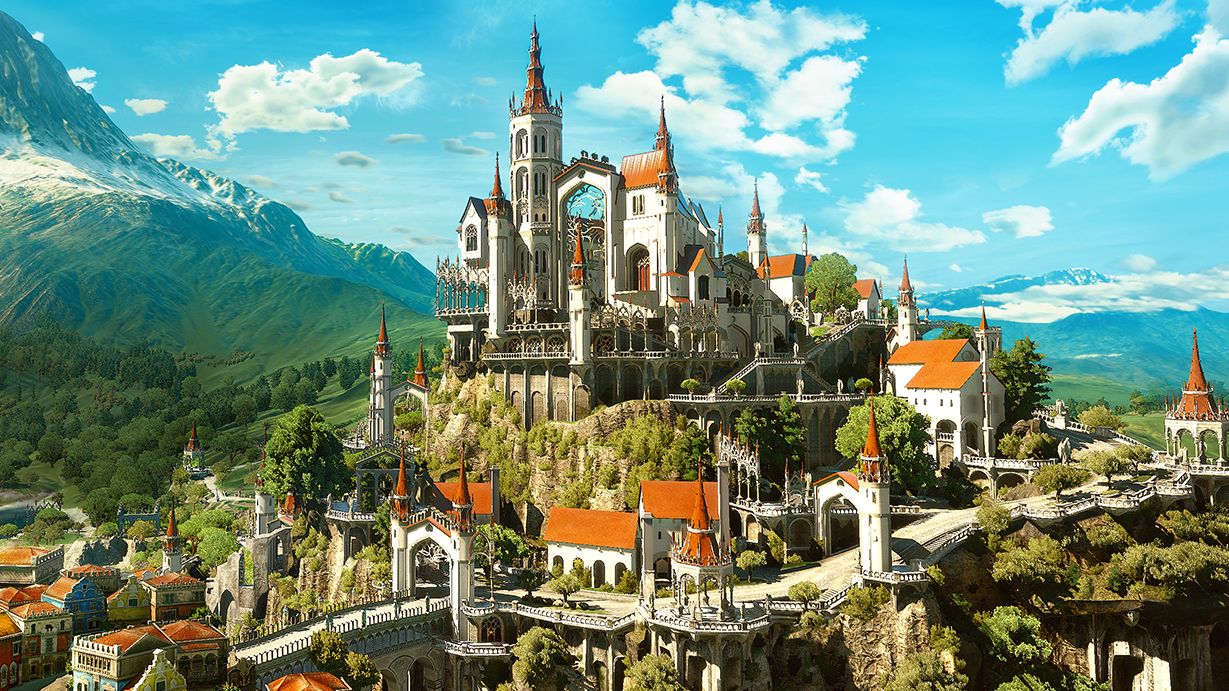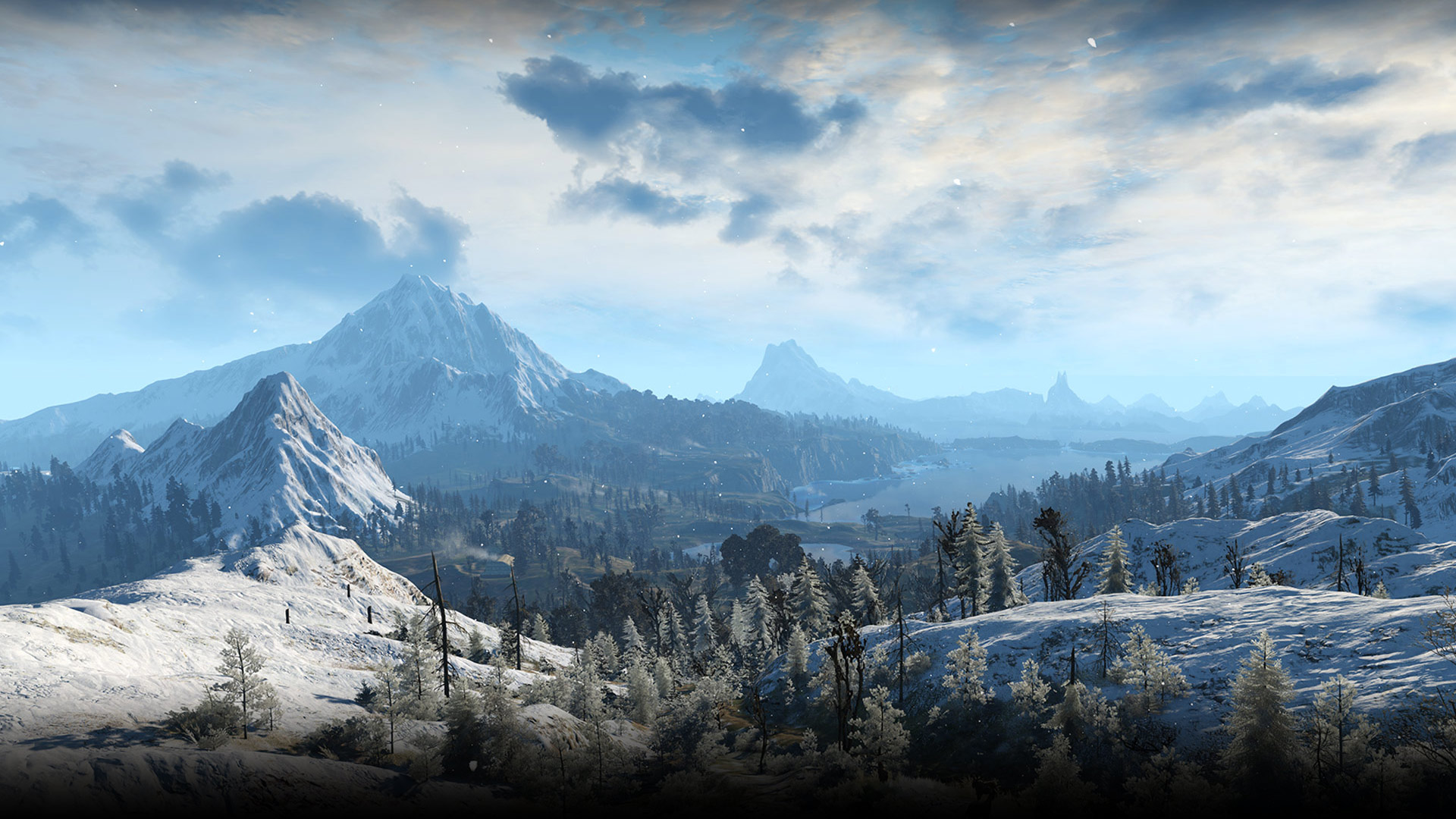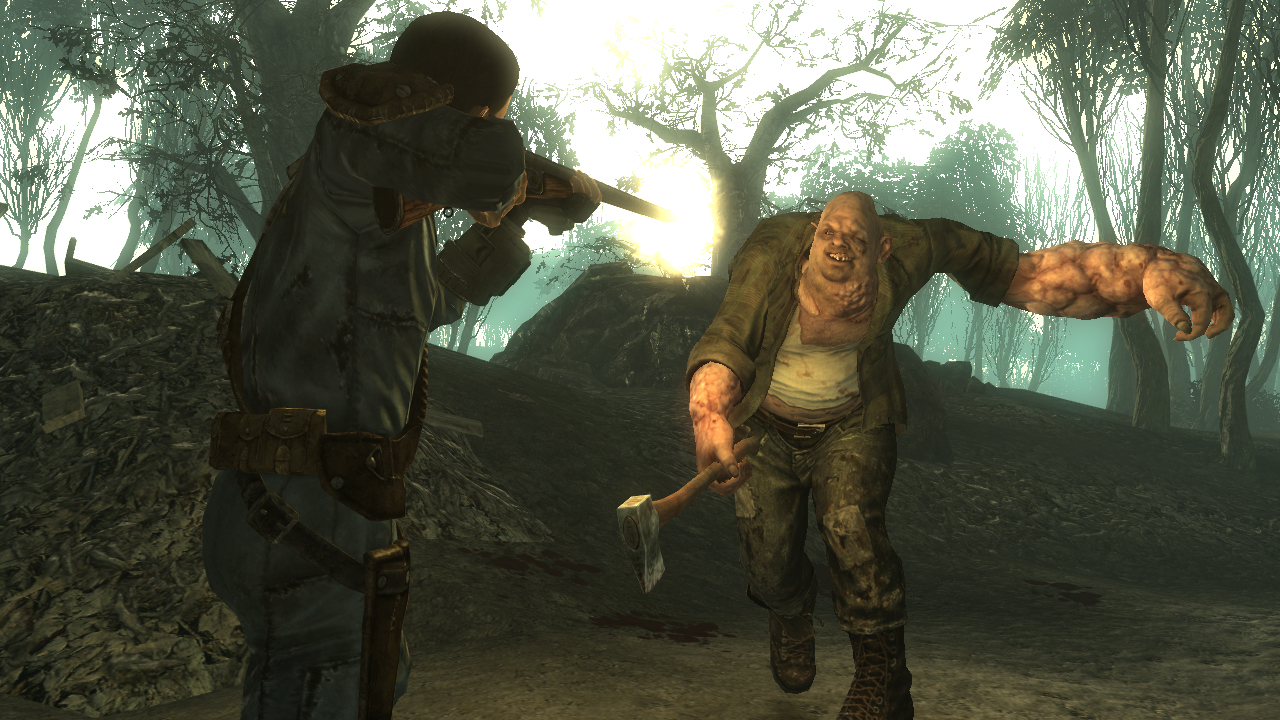Where Fallout should go next
Cubicles and filing cabinets no longer have a place in the post-apocalypse.

When I look back on the last 10 years of Fallout I remember a collage of greys and browns. I remember dark industrial corridors and spiked shoulder pads. I remember lunchboxes and rusty tire irons and a song about setting the world on fire. Three games and a combined 200 hours later, I remember a name or two (can’t forget Boone and Caesar), and a few distinct locations and vaults, but the rest of my memories bleed together.
Successful and popular as it is, Fallout could reinvent itself a little. Assassin's Creed also gets some flak for being samey, but its changes of scenery and period have done a lot to keep that series fresh. I think it’s time for Bethesda to leave popular US cities behind and hit the dusty trail.
No city for old men (or super mutants)
Bethesda typically withholds the cities in Fallout until you’re several hours in, building them up as infamous hubs for the remnants of civilization, full of danger and allure. I remember seeing New Vegas on the horizon for the first time—the way it lit up the pitch black Nevada desert drew me in right away. But when I finally got there, Vegas was only the bone dry skeleton of what I imagined it to be.

The casinos are massive, empty galleries for the same few textures, and the city itself is tiny, so small it feels less like a city and more like an elaborate theater troupe’s stage. The characters and quests were great, but because it’s based on a real location, it was impossible to ignore how poorly it imitated a real city.
New Vegas’ disappointing reveal highlights a conundrum for the series. Due to tech and design considerations, cities in Fallout will always be smaller and less impressive than their real life counterparts. And even if they were gorgeous recreations to scale, they’d be boring and repetitive in terms of design and at risk of feeling empty, especially depending on how many NPCs the engine can handle.
The density and iconography of a city may have cultural appeal, and the implication that every building is its own post-apocalyptic dungeon is an enticing promise. And it can be fun—until you actually spend 40 hours wandering one corporate skyscraper or casino after another only to realize that hundreds of years and a few nuclear bombs aren’t enough to make a cubicle interesting or imbue a restroom with sacred meaning.
And besides location, Fallout’s satirical 1950s take of post-apocalypse urban culture and popular American history has lost its sheen. There are only so many Super Mutants wearing old-timey war uniforms I can laugh at in a lifetime. Instead, show me one dressed as Meriwether Lewis and another as William Clark. Put me under their command and let’s head west.
Keep up to date with the most important stories and the best deals, as picked by the PC Gamer team.
Pack your bags
Here’s the pitch: if Fallout leaves the cities behind, it shouldn’t isolate itself to one area or region. If we’re still satirizing American history, there are plenty of angles to take: as above, taking industrial canoes up the Mississippi as Super Mutant Lewis and Clark, rebuilding the Transcontinental Railroad, making the trek across a dangerous radioactive Dust Bowl in a sloppy jalopy for the promise of riches in the New California Republic—you can see where I’m going here. And the world shouldn’t be a single open environment, but a series of smaller connected ones.
Pack in less file-cabinet-searching filler and endless Minutemen questlines and focus on telling specific, unique stories while giving a gorgeous post-apocalyptic tour of the diverse American landscape. It’s worked for some of the best new RPGs out there, so why not Fallout?
The Witcher 3 (a game we like) is categorically an open world game, but instead of taking place on a contiguous map, it uses several open world modules to successfully create a sense of distance traveled and establish the world of The Witcher as a geographically and (somewhat) culturally diverse place. The citizens of the mountainous islands of Skellige live by simpler means, but are also subject to the dangerous weather and scarcity of mountainous living, which shapes their social and political landscape. Harsh living conditions means they generally treat one another as equals, but with fierce judgement. There’s no room to waste time or resources. Meanwhile, the citizens of Toussaint live in relative luxury thanks to its lush, bountiful land. But the disparity between the upper and lower class colors it in extremes between the bourgeois wine-binging castle dwellers and the systematically abused working class. Someone has to pick the grapes, but no one wants to.


The areas themselves aren’t massive and don’t have something new to do every 50 meters, but they feel massive thanks to their unique geographical character and great art design. Coupled with questlines that convey the culture and history of each area, the things you do are specific to who and where you are.
Point Lookout, a DLC expansion for Fallout 3, is one of Bethesda’s best examples of similarly focused design and storytelling. It takes place in a part of Maryland untouched by bombs, but deeply affected by residual radiation, turning it into an eerie swamp dotted with rotting shacks and inbred axe-wielding hillbillies. The map isn’t huge, but the stories are more personal and the locations more expressive. I remember it more vividly than most quests and locations from the main game because it wasn’t beholden to representing a huge iconic city.
Expansions like Point Lookout and the widely celebrated Old World Blues DLC for New Vegas prove that Bethesda can produce smaller, more focused open world modules on par with The Witcher 3’s geographical diversity without sacrificing intrigue.

Bethesda’s next Fallout game could make use of this design scheme from the get-go, breaking down specific areas of America into their own small open world modules that may not represent the scale of an entire region, but distill their character into a smaller space. If we’re following the Lewis and Clark pitch, the journey could start in a rural riverside shantytown in the deep south where you build a boat, recruit some help, and allocate resources for the long trip ahead. The area is lush and humid, a hub for the locals who help out with whatever post-apocalyptic southern hospitality looks like.
The US is best defined by its fringe folks, troublesome history, idiosyncratic interstate pit stops and its gorgeous, lonely landscapes.
One loading screen later, we stop for supplies in a stretch of the Great Plains, a former farming mecca warped into a vast desert plain, where radioactive dust storms turn an otherwise featureless plain into an evolution of Fallout 4’s Glowing Sea. Short trips are made tense by the threat of dangerous weather that’ll pump up the rads and obscure the twisted forms of freerange wildlife. Buffalo aren’t as majestic as they used to be. An otherwise empty plain earns character from the impression of its sheer expanse and natural danger.
Later, we visit a small village in the Rockies and see what life is like furthest from radioactive influence. Does any semblance of normal life still exist in this world? I imagine the area as Fallout meets a pocket Skyrim, with a few weird trappers thrown into the mix—and talking grizzly bear. Bethesda’s writers all groan in unison. The terrain is treacherous, but dense, marked with old cabins and mineshafts.

Different locations would also give Bethesda room to experiment with their existing systems. Radiation storms of the Great Plains could work as progress gates, hiding away fancy treasures behind deadly waves of radiation only survivable by wearing the appropriate gear. Survival might not only be dependent on radiation management either. Weather conditions unique to each location could influence stats directly. If you’re wandering the snowy mountains in the nude, you’re definitely getting debuffed. Hunt some mutant elk and make a coat already. The crafting systems could roll in some regional character, rewarding thorough exploration and serving as scrapbook of sorts. Just look to the success of the Far Cry series as evidence that combat, crafting, and light survival systems can work in a natural setting without a city as the backbone.
I’ll leave the actual design and writing to Bethesda, but the point is that American identity doesn’t hinge on its cities, and open world design is actually compromised by trying to wrap them in. Truly, the US is best defined by its fringe folks, troublesome history, idiosyncratic interstate pit stops and its gorgeous, lonely landscapes. They’re a perfect fit for Fallout, where the fun isn’t the breadth of its open world, but the depth of its quirky characters, settings, and expansive systems—all of which can work in a space of just about any size.
James is stuck in an endless loop, playing the Dark Souls games on repeat until Elden Ring and Silksong set him free. He's a truffle pig for indie horror and weird FPS games too, seeking out games that actively hurt to play. Otherwise he's wandering Austin, identifying mushrooms and doodling grackles.


